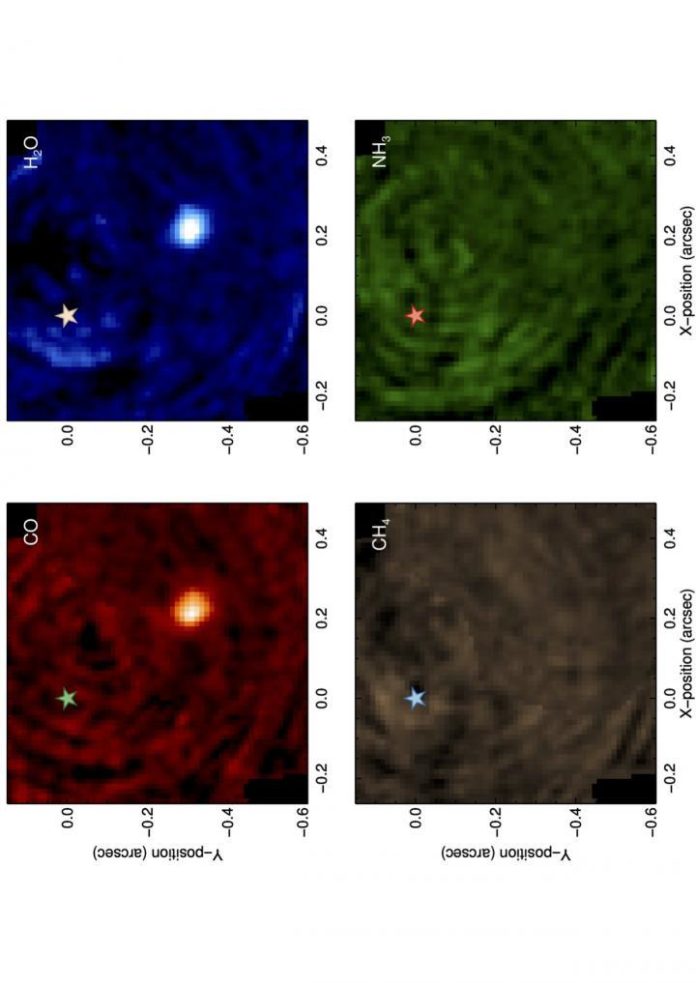Each exoplanet rotates around a star, similar to the Earth around the Sun. This is the reason it is for the most part difficult to acquire pictures of an exoplanet, so stunning is the light of its star.
In any case, a group of space experts, drove by a specialist from the University of Geneva (UNIGE) and individual from NCCR PlanetS, had recognizing certain atoms that are present in the planet’s atmosphere in order to make it visible, given that these same particles are missing from its star.
Thanks to this innovative technique, the device is only sensitive to the selected molecules, making the star invisible and allowing the astronomers to observe the planet directly.
Jens Hoeijmakers, a researcher at the Astronomy Department of the Observatory of the Faculty of Science of the UNIGE said, “By focusing on molecules present only on the studied exoplanet that are absent from its host star, our technique would effectively “erase” the star, leaving only the exoplanet.”
Scientists tested this new technique by using archival images taken by the SINFONI instrument of the star beta pictoris, which is known to be circled by a giant planet, beta pictoris b. Every pixel in these images contains the spectrum of light got by that pixel.
Scientists then compared the spectrum involved in the pixel with a spectrum relating to a given particle, for instance, water vapor, to check whether there is a connection. In the event that there is a connection, it implies that the molecule is available in the atmosphere of the planet.
When scientists applied this technique to beta pictoris b, they discovered that the planet turns out to be splendidly noticeable while searching for water (H2O) or carbon monoxide (CO). Be that as it may, applying the strategy to methane (CH4) and ammonia (NH3), the planet stays imperceptible, recommending the nonattendance of these molecules in the atmosphere of beta pictoris b.
The astronomer of the UNIGE explained, “The host star beta pictoris remains invisible in all four situations. Indeed, this star is extremely hot and at this high temperature, these four molecules are destroyed. This is why this technique allows us not only to detect elements on the surface of the planet, but also to sense the temperature which reigns there. The fact that astronomers cannot find beta pictoris b using the spectra of methane and ammonia is therefore consistent with a temperature estimated at 1700 degrees for this planet, which is too high for these molecules to exist.”
Jens Hoeijmakers said, “This technique is only in its infancy. It should change the way planets and their atmospheres are characterized. We are very excited to see what it will give on future spectrographs like ERIS on the Very Large Telescope in Chile or HARMONI on the Extremely Large Telescope which will be inaugurated in 2025, also in Chile.”
The results appear in the journal Astronomy & Astrophysics.
